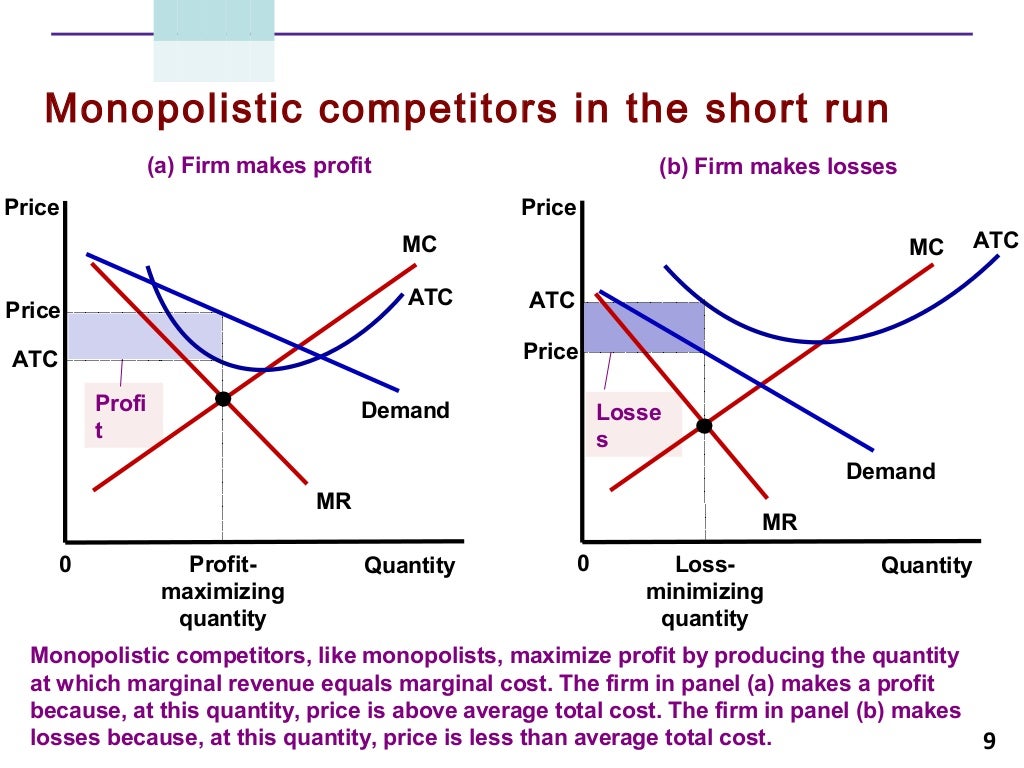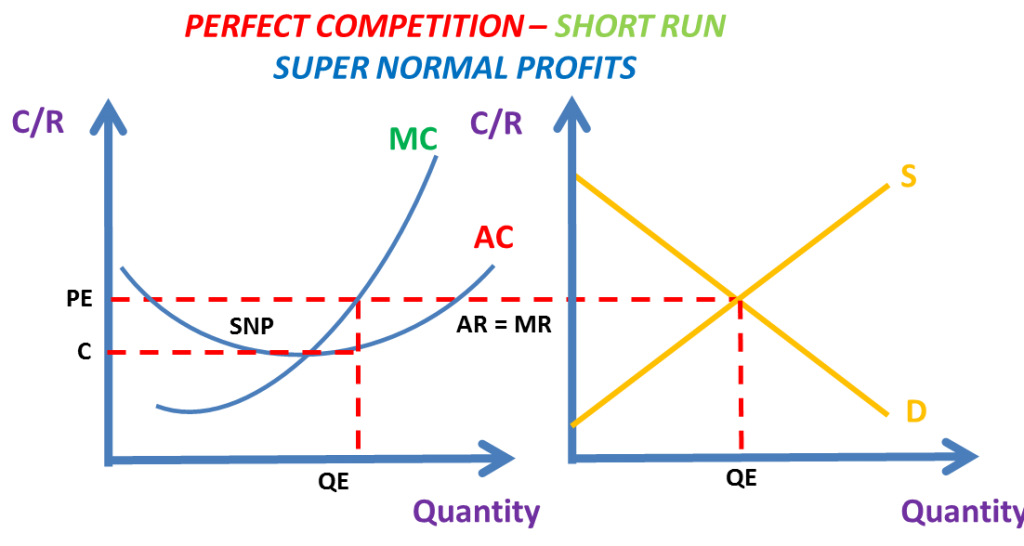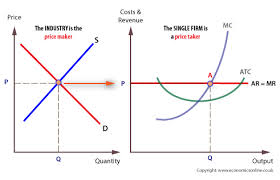

In the long run, perfectly competitive markets operate at practically zero economic profit. This means that new firms entering the market won’t post profits at this point from an economic profit standpoint because total revenue equals total cost. In the long run, all firms will operate at a point where marginal cost (MC) intersects at the lowest level on the average total cost (ATC) curve. When the supply curve shifts to the right, the equilibrium price will fall to the same demand curve. Consequently, the supply curve will shift outwards the right.


This translates to an increase in the aggregate supply. In the long run, if firms under perfectly competitive markets start earning higher profits, more entrepreneurs will be attracted to such business ventures. A firm is said to be at equilibrium if the marginal cost (MC) is equal to marginal revenue (MR), and that is the profit-maximizing level of output.


 0 kommentar(er)
0 kommentar(er)
